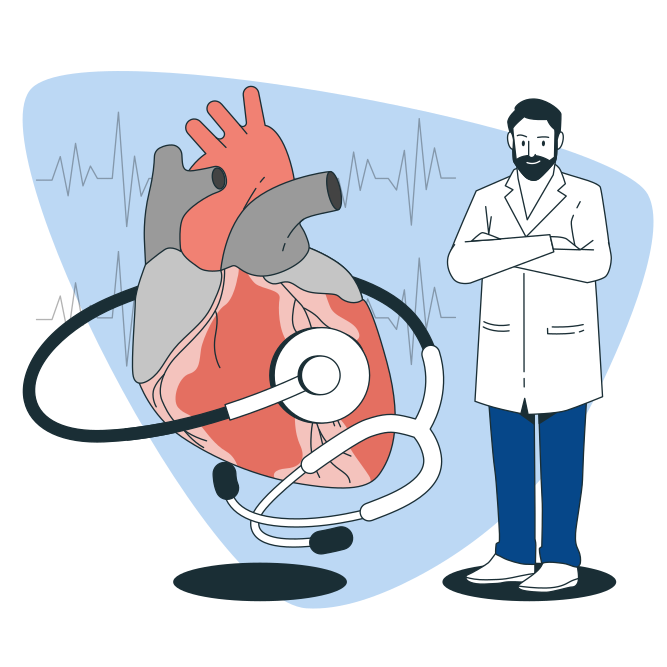Stroke doctors
Holter monitoring for cryptogenic stroke patients to enhance atrial fibrillation detection while reducing costs

Challenges in detecting atrial fibrillation in post-stroke patients
Identifying AF in post-stroke patients is a significant challenge, made even more difficult by a healthcare system whose clinical protocols often lack clarity regarding:
• Which patients should be investigated
• How investigations should be organized and followed up
This results in variability in AF detection rates after cryptogenic stroke across neurology centers, as well as unjustified workloads for cardiology departments.
The Gervasy service is based on a diagnostic pathway
The Gervasy diagnostic pathway for patients with cryptogenic stroke is designed to robustly and cost-effectively identify atrial fibrillation as quickly as possible, aiming to prevent subsequent strokes.
3. Long diagnostic
Implantable loop recorder monitored remotely for 12 months
Strict quality controls to ensure optimal quality and best medical practice
Gervasy has developped a quality control database generated by its electronic platform to ensure a consistent service for its stroke doctors customers and their patients.
